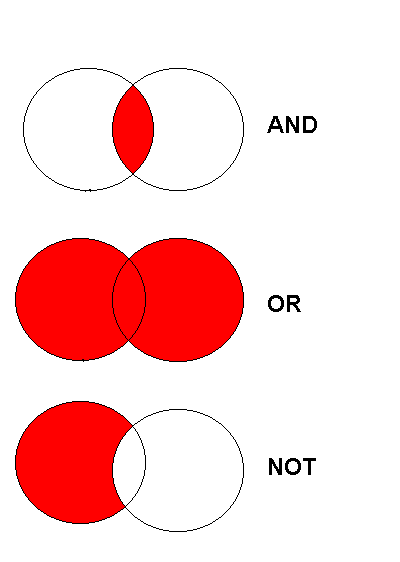
If you are beginning research on a new legal topic, you should familiarize yourself with the topic by reviewing legal encyclopedias, law review articles, and other secondary resources. This will give you an overview of your topic. In addition, you may also find references to relevant statutes or case law that govern aspects of the issue.
Note any statutory or case citations that appear to be relevant to your issue. Use the relevant tabs under "Finding Resources for Assignments" to find more!
 Developing an effective search strategy involves:
Developing an effective search strategy involves:
While there is not one right way to do a search, the strategies identified here will improve your results.
Image Source: Central Criminal Court by James Stringer. Used under CC BY-NC 2.0.
Never use sentence structure, such as your research question or thesis statement.
A keyword is a word used to search library catalogs, article databases (GALILEO), and search engines in order to locate results that match that word in a specified part or in any part of the item, such as the title or in the full text. Once you have identified your key search concepts, start noting down some related terms or synonyms to your key concepts.
TIP: Use a general thesaurus, subject dictionaries, subject encyclopedias, and subject headings to help you formulate keywords.

Quotation marks can be used to identify phrases. By using quotation marks, you are telling the search tool to only bring back pages with the terms you typed in the exact order you typed them.
“Court of Appeals”
Instead of
Court AND Appeals
“Immigration and Nationality Act”
Instead of
Immigration AND Nationality AND Act

Boolean searching involves adding or subtracting terms from your search to either broaden or narrow your search. It uses 3 terms (AND, OR, and NOT) to tell the search engine or database whether to include or eliminate certain terms.
Truncation allows you to search various forms of a word by finding alternate endings. The character (*) is placed at the end of the first few letters of a search term or at the end of its root.
Crimin* retrieves
Criminal Criminals Criminological Criminology